Like a chameleon adapting to its surroundings, the world of cost estimation is on the brink of a transformation brought about by the rise of Artificial Intelligence (AI).
But what does this mean for the skill requirements of cost estimators?
As you navigate through the intricate landscape of AI’s influence on cost estimation, you will uncover how automation, improved accuracy, real-time data analysis, and enhanced decision-making processes are reshaping the role of cost estimators.
However, the question remains: Will AI become a supportive tool or a substitute for cost estimators?
As you embark on this exploration, prepare to uncover the future of cost estimation in an AI-driven world, where the skill requirements of cost estimators may never be the same again.
Key Takeaways
- AI in cost estimation enhances accuracy and consistency by minimizing human error and providing consistent results.
- Real-time data analysis empowers cost estimators to access and analyze relevant information instantly, enabling proactive decision-making.
- AI-driven algorithms analyze historical cost data to identify patterns and trends, improving decision-making processes based on accurate information.
- Cost estimators need to evolve their technical proficiency by developing advanced data analysis skills, familiarity with AI tools and algorithms, and strong communication and collaboration skills to adapt to the changing demands of their role.

The Role of AI in Cost Estimation
AI plays a crucial role in cost estimation by utilizing advanced algorithms and data analysis to accurately predict project expenses. With automation benefits and data analysis advancements, AI revolutionizes the way cost estimators work, making their job more efficient and accurate.
One of the main benefits of AI in cost estimation is automation. AI-powered software can automate the process of collecting and analyzing project data, saving time and effort for cost estimators. This automation allows them to focus on more complex tasks that require their expertise, rather than spending hours on manual calculations.
Furthermore, AI’s data analysis advancements enable cost estimators to make more accurate predictions. By analyzing vast amounts of historical project data, AI algorithms can identify patterns and trends that humans may overlook. This data-driven approach ensures that cost estimators have access to reliable information when estimating project expenses.
The use of AI in cost estimation also brings freedom to cost estimators. With the assistance of AI, they can rely on sophisticated algorithms to handle repetitive and time-consuming tasks, giving them more flexibility and freedom to focus on strategic decision-making. This not only improves their job satisfaction but also allows them to contribute more effectively to projects.
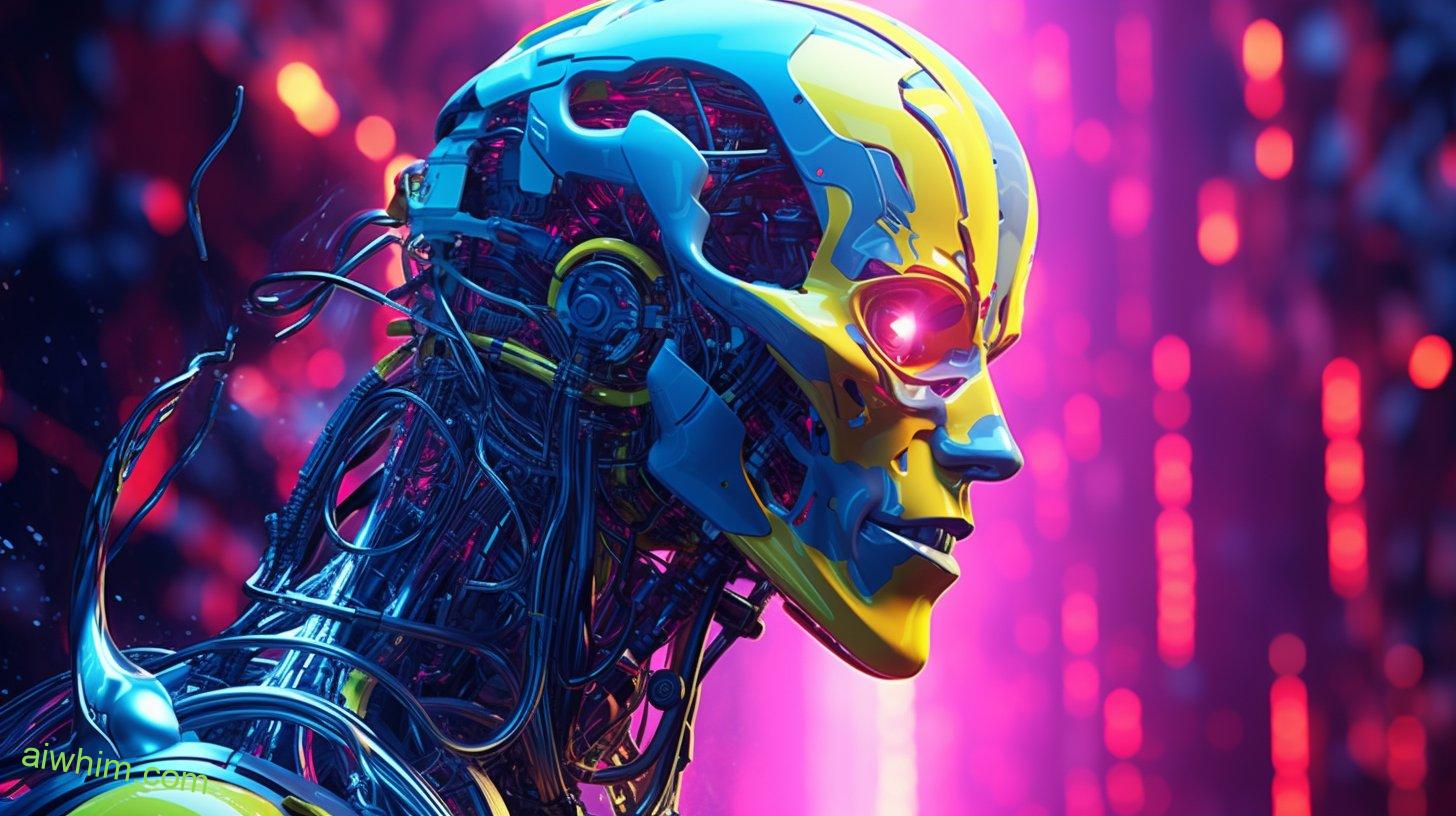
Automation of Manual Estimation Tasks
As a cost estimator, you can streamline your workload and increase efficiency by automating manual estimation tasks. Automation brings numerous benefits that can help you overcome the challenges of cost estimation.
By implementing automation tools, you can save time and reduce errors, allowing you to focus on more complex and strategic aspects of your role.
One of the key benefits of automation is the ability to perform calculations quickly and accurately. Manual estimation tasks often involve complex formulas and calculations that can be time-consuming and prone to human error. By automating these tasks, you can ensure that your estimates are more precise and reliable.
Automation also allows for the integration of data from various sources, making it easier to gather and analyze the information needed for cost estimation. With the click of a button, you can access data from past projects, supplier catalogs, and industry benchmarks, enabling you to make more informed and accurate estimates.
In addition, automation can help you generate reports and documentation more efficiently. Instead of spending hours compiling and formatting data, you can use automation tools to automatically generate reports that are consistent and professional-looking.

Improved Accuracy and Consistency
Improving accuracy and consistency is crucial when automating manual estimation tasks. By using AI in cost estimation, you can greatly enhance the precision and reliability of the process. AI algorithms are designed to minimize human error and provide consistent results, leading to improved efficiency and more reliable cost estimates.
One of the key advantages of AI in cost estimation is its ability to reduce human error. Humans are prone to mistakes, whether it’s due to fatigue, oversight, or subjective biases. AI, on the other hand, operates based on predefined rules and data, eliminating the possibility of human error. This not only improves the accuracy of cost estimates but also ensures consistency across different projects and estimators.
To better understand the impact of AI on accuracy and consistency, let’s take a look at the following table:
| Manual Estimation | AI-based Estimation |
|---|---|
| Prone to human error | Reduces human error |
| Inconsistent results | Provides consistent results |
| Time-consuming process | Improves efficiency |
As you can see, AI-based estimation offers significant advantages over manual estimation. It not only reduces the likelihood of errors but also provides consistent results, allowing for more reliable decision-making. Additionally, AI can improve efficiency by automating the estimation process, freeing up valuable time for cost estimators to focus on more complex tasks.

Real-Time Data Analysis
Real-time data analysis plays a critical role in enhancing the efficiency and accuracy of cost estimation processes. With the advancement of technology and the rise of artificial intelligence (AI), real-time cost analysis has become more accessible and valuable than ever before.
Here are three ways in which real-time data analysis is transforming the field of cost estimation:
- Faster decision-making: Real-time data analysis allows cost estimators to access and analyze relevant information instantaneously. AI-driven algorithms can quickly process large amounts of data, providing cost estimators with real-time insights and recommendations. This enables faster decision-making, allowing cost estimators to respond promptly to changes in project requirements or market conditions.
- Improved accuracy: Traditional cost estimation methods often rely on historical data and assumptions. However, real-time data analysis empowers cost estimators to base their estimates on the most up-to-date information. By incorporating real-time market data, material prices, and labor costs, cost estimators can ensure that their estimates are accurate and reflective of current market conditions.
- Enhanced cost control: Real-time data analysis enables cost estimators to monitor project costs in real-time. By continuously analyzing cost data, cost estimators can identify potential cost overruns or deviations from the budget early on. This allows for proactive decision-making and timely interventions to mitigate risks and maintain cost control.
The integration of real-time data analysis and AI-driven decision-making is revolutionizing the field of cost estimation. By leveraging real-time insights and accurate data, cost estimators can make more informed decisions, increase efficiency, and achieve better cost control. Embracing these advancements will empower cost estimators to adapt to evolving project requirements and deliver more accurate cost estimates.
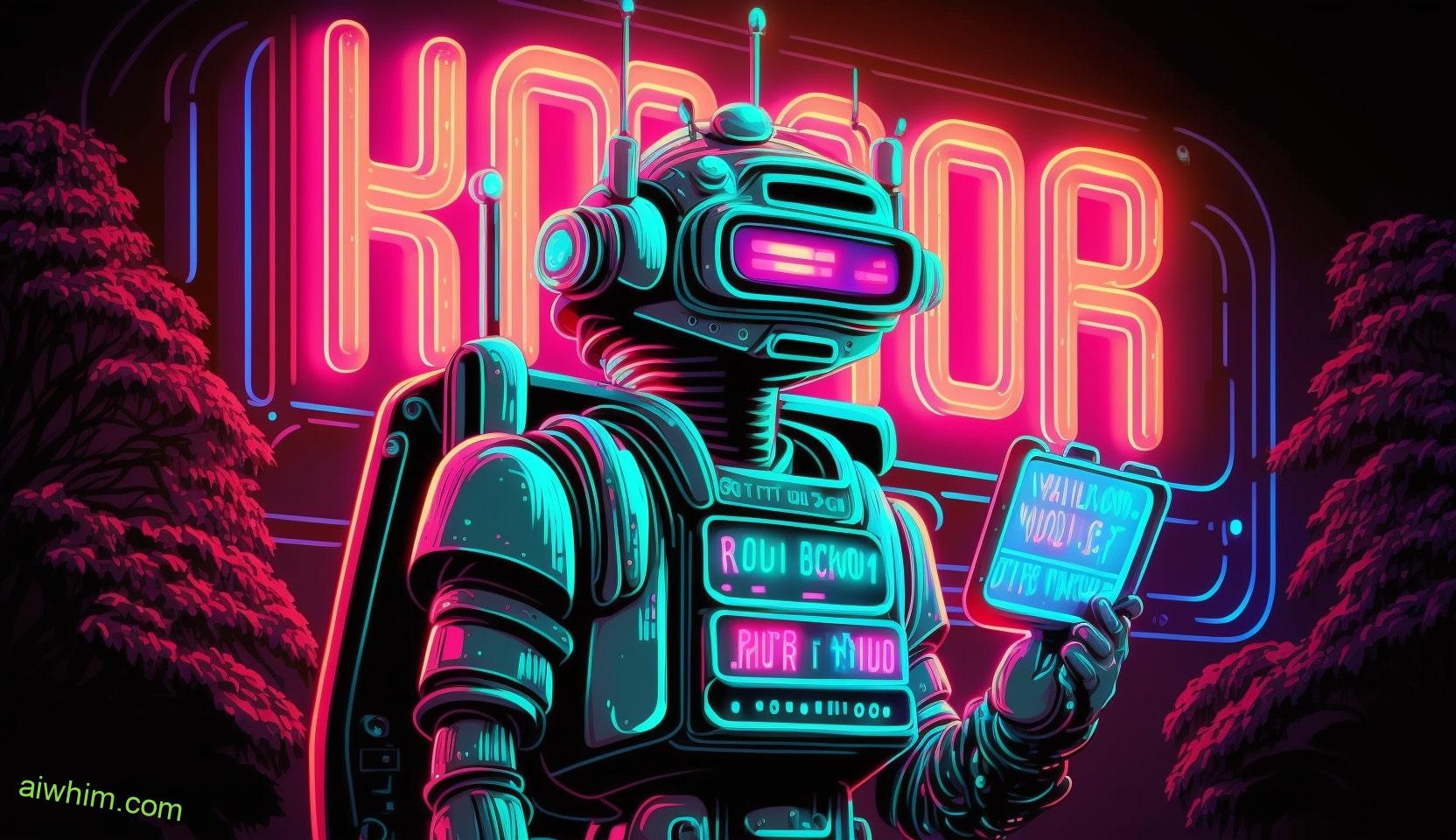
Enhancing Decision-Making Processes
With the integration of real-time data analysis and AI-driven decision-making, you can enhance your decision-making processes in the field of cost estimation. By leveraging AI technologies, you can improve your cost estimation accuracy and optimize resource allocation, leading to more efficient and cost-effective project outcomes.
One way AI can enhance decision-making processes is by analyzing large amounts of historical cost data and identifying patterns and trends that humans might overlook. This allows you to make more informed decisions based on data-driven insights, rather than relying solely on intuition or past experiences. Additionally, AI algorithms can continuously learn and adapt from new data, ensuring that your decision-making processes stay up to date and relevant.
To further illustrate the benefits of AI in decision-making, consider the following table:
| Decision-Making Challenge | How AI Can Help |
|---|---|
| Uncertainty in cost estimation | AI can analyze historical data and identify patterns to provide more accurate cost estimates. |
| Resource allocation | AI algorithms can optimize resource allocation based on project requirements and constraints. |
| Risk assessment | AI can analyze various risk factors and provide recommendations for mitigating risks. |
| Scenario analysis | AI can quickly evaluate different scenarios and their potential cost implications. |
| Project scheduling | AI algorithms can optimize project schedules based on available resources and desired timelines. |
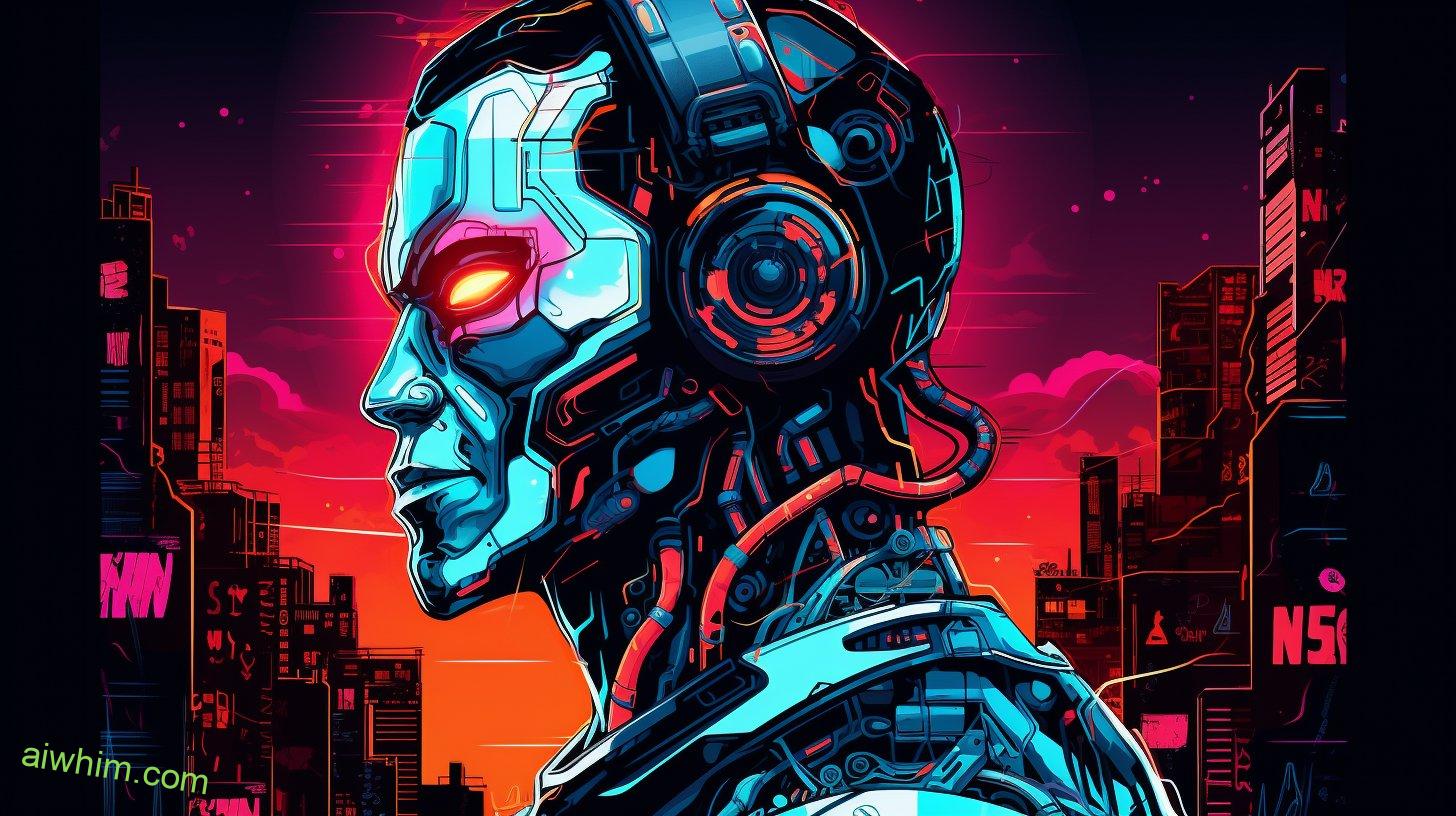
Integration of Machine Learning Algorithms
One effective way to enhance decision-making processes in cost estimation is through the integration of machine learning algorithms. Machine learning algorithms can analyze large amounts of data and identify patterns and trends that humans might miss. By using these algorithms, cost estimators can make more accurate predictions and decisions, leading to improved cost control and budgeting.
Here are three ways in which the integration of machine learning algorithms can benefit cost estimators:
- Automation: Machine learning algorithms can automate the process of cost estimation by analyzing historical data and generating estimates based on patterns and trends. This reduces the time and effort required for manual calculations and allows cost estimators to focus on more complex tasks.
- Improved accuracy: Machine learning algorithms can learn from past data and continuously improve their accuracy over time. This means that as more data is fed into the algorithm, the estimates become more precise and reliable. This can help cost estimators make more informed decisions and avoid costly errors.
- Job displacement: While the integration of machine learning algorithms can enhance the decision-making process in cost estimation, it may also lead to job displacement. As automation takes over repetitive tasks, some cost estimators may find that their roles become obsolete. However, this also presents an opportunity for cost estimators to upskill and specialize in areas that require human expertise, such as interpreting and validating the results generated by the algorithms.
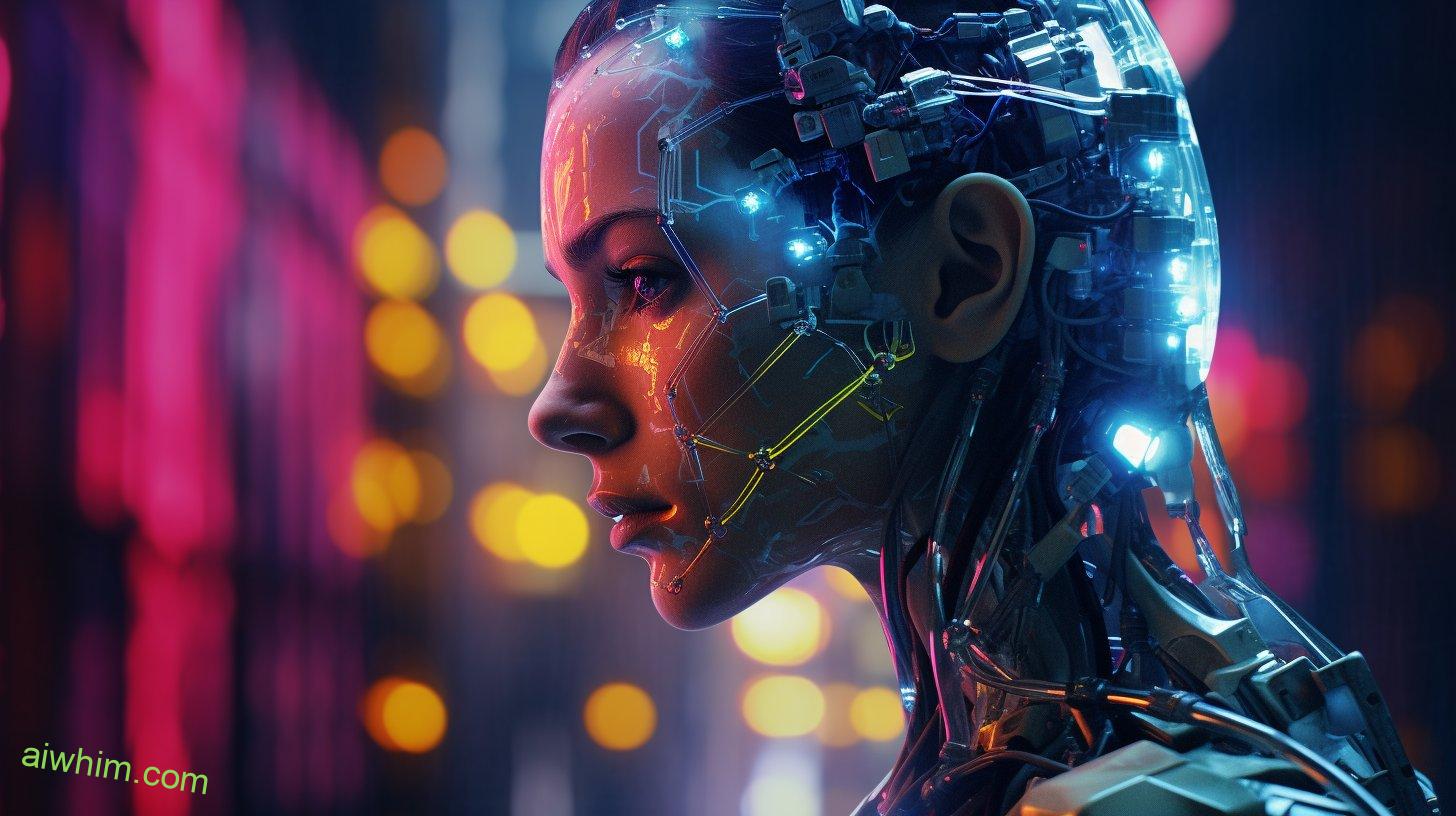
Redefining the Skillset of Cost Estimators
To adapt to the integration of machine learning algorithms in cost estimation, cost estimators must redefine their skillset. The field of cost estimation is constantly evolving, and as technology advances, so too must the expertise of cost estimators. In order to stay relevant and effective in their roles, cost estimators need to embrace technological adaptation and acquire new skills.
One key aspect of redefining the skillset of cost estimators is the need to understand and work alongside machine learning algorithms. While these algorithms can automate certain aspects of cost estimation, they still require human oversight and input. Cost estimators must develop a deep understanding of how these algorithms function in order to effectively collaborate with them and ensure accurate results.
Additionally, cost estimators must also enhance their expertise in data analysis and interpretation. With the integration of machine learning algorithms, cost estimators will have access to vast amounts of data that can be analyzed to generate more accurate cost estimates. However, this requires a solid understanding of statistical analysis and data interpretation techniques.
Furthermore, cost estimators need to develop their communication skills. As the field becomes more technologically advanced, cost estimators will need to effectively communicate complex cost estimates and analysis to stakeholders, who may not have the same level of technical expertise. Being able to convey information clearly and concisely will be crucial for success in this evolving field.

Evolution of Technical Proficiency
As technology continues to advance, the skill requirements for cost estimators are undergoing a significant evolution. This shift is having a profound impact on the job market, as professionals in this field must adapt to new technical proficiency demands.
Understanding how these changing skill requirements will shape the future of cost estimation is crucial for individuals seeking to thrive in this evolving industry.
Changing Skill Requirements
The skill requirements for cost estimators are constantly evolving, necessitating a continuous development of technical proficiency. To stay ahead in this ever-changing landscape, you must adapt to the changing skill requirements.
Here are three key ways in which these changing skill requirements are impacting the job market:
- Emphasis on advanced data analysis: As AI technology becomes more prevalent in cost estimation, cost estimators must possess the technical skills to analyze and interpret complex data sets. This includes proficiency in data visualization tools and statistical analysis software.
- Integration of AI tools: Cost estimators need to be familiar with artificial intelligence tools and algorithms to leverage their capabilities. This includes understanding how to use AI-powered estimation software and incorporating machine learning models into their workflows.
- Communication and collaboration skills: As AI takes over certain tasks, cost estimators are expected to play a more strategic role in decision-making. This requires strong communication and collaboration skills to effectively convey their analysis and insights to different stakeholders.
Impact on Job Market
The evolution of technical proficiency in cost estimators is significantly impacting the job market. As AI technology continues to advance, there’s a growing concern about job displacement.
The use of AI in cost estimation has the potential to automate many of the tasks traditionally performed by human estimators. This could lead to a decrease in demand for human workers in this field, as AI algorithms become more accurate and efficient in generating cost estimates.
The job market for cost estimators is likely to undergo significant changes as AI becomes more prevalent. However, it’s important to consider the ethical considerations surrounding job displacement. While AI may bring efficiency and cost savings, it’s crucial to ensure that the well-being of individuals who may be affected by these changes is taken into account.

Embracing Data Science and Analytics
To embrace data science and analytics in your role as a cost estimator, you need to focus on data-driven decision making. By leveraging the power of data, you can make more accurate cost estimates and predictions.
This will enable you to provide valuable insights and conduct predictive cost analysis that will greatly benefit your organization.
Data-Driven Decision Making
Embrace data science and analytics to make data-driven decisions that drive business success. In today’s rapidly evolving business landscape, relying on intuition and gut feeling alone is no longer sufficient. To stay ahead of the competition, you must leverage the power of data to inform your decision-making process.
Here are three ways embracing data science and analytics can help you make better decisions:
- Gain valuable insights: By analyzing large volumes of data, you can uncover patterns, trends, and correlations that may not be apparent on the surface. These insights can provide valuable information to guide your decision-making process and identify new opportunities for growth.
- Make informed predictions: Data science and analytics allow you to build predictive models that can forecast future outcomes based on historical data. This enables you to make more accurate predictions about customer behavior, market trends, and potential risks, allowing you to proactively plan and strategize.
- Optimize resource allocation: By analyzing data, you can identify inefficiencies and bottlenecks in your business operations. This enables you to allocate resources more effectively, streamline processes, and improve overall efficiency, resulting in cost savings and improved productivity.
Predictive Cost Analysis
Leveraging data science and analytics enables businesses to accurately predict and analyze costs, leading to informed decision-making and optimized resource allocation.
Predictive cost analysis, powered by predictive analytics and cost forecasting, allows businesses to anticipate future expenses and plan accordingly. By analyzing historical data and identifying patterns, businesses can gain valuable insights into cost trends and fluctuations. This empowers them to make proactive adjustments to their budgets and resource allocation strategies.
Predictive cost analysis helps businesses identify potential cost-saving opportunities, minimize financial risks, and maximize profitability. It allows businesses to stay one step ahead by anticipating and mitigating potential cost overruns or unexpected expenses.
With predictive cost analysis, businesses can make data-driven decisions that optimize their financial resources and drive sustainable growth.
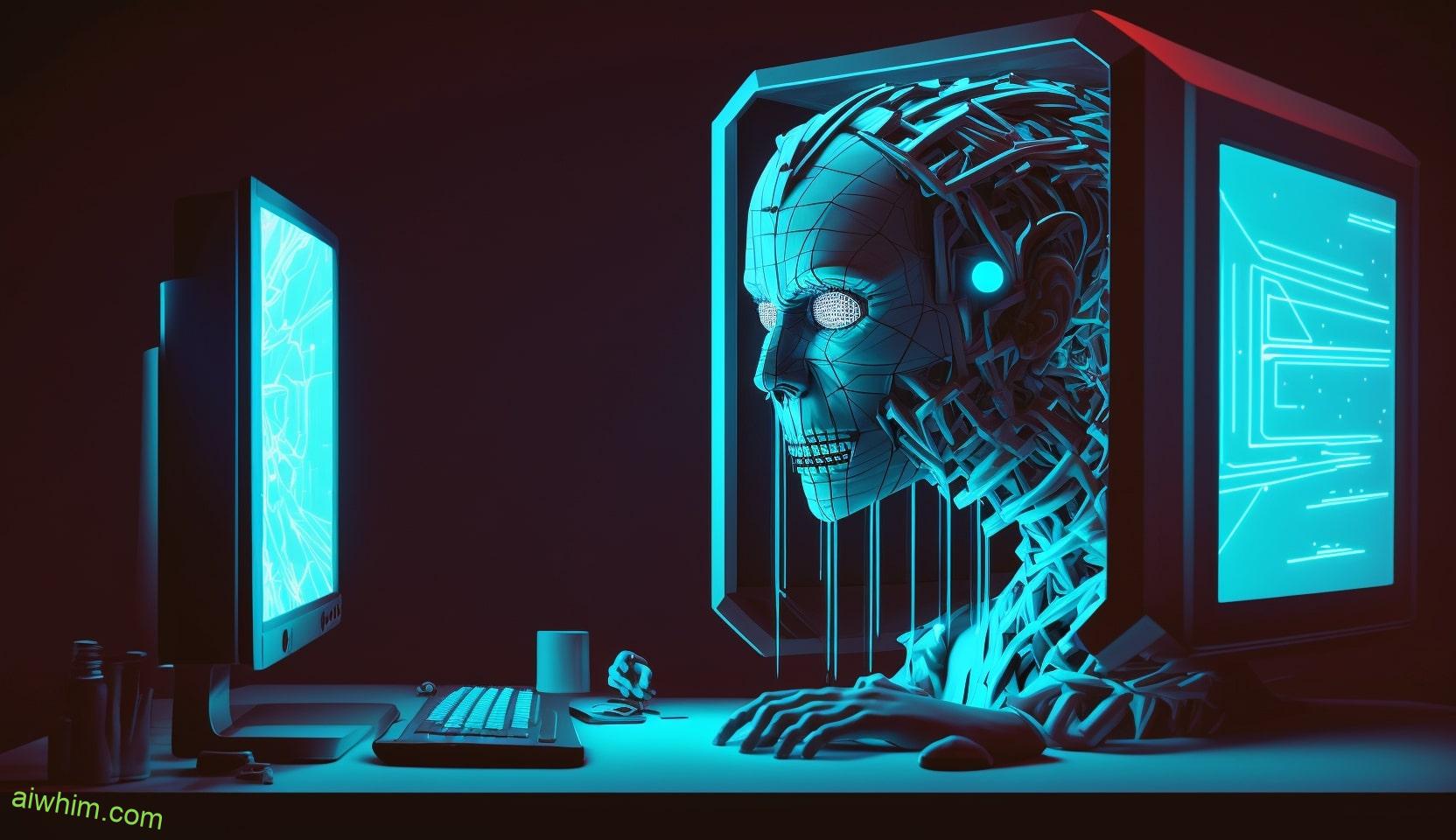
Adapting to AI-Driven Software Tools
As AI-driven software tools become increasingly prevalent, it’s essential to adapt and familiarize yourself with their functionality and capabilities. Embracing new technology can have a significant impact on job satisfaction and enable you to stay competitive in the evolving field of cost estimation.
Here are three key aspects to consider when adapting to AI-driven software tools:
- Continuous Learning: AI-driven software tools are constantly evolving, so it’s crucial to invest time in continuous learning. Stay updated on the latest advancements and enhancements in the software and explore new features and functionalities. This proactive approach won’t only improve your efficiency but also enhance your job satisfaction by keeping you engaged and challenged.
- Collaboration and Communication: AI-driven software tools enable seamless collaboration and communication among team members. Embrace these tools to streamline communication, share insights, and work together efficiently. By leveraging these tools, you can enhance your productivity and job satisfaction by fostering a collaborative work environment.
- Adaptability and Flexibility: AI-driven software tools are designed to automate repetitive tasks and provide accurate cost estimations. Embrace the adaptability and flexibility these tools offer by leveraging their capabilities to optimize your workflow. As you become more proficient in using these tools, you can focus on more strategic tasks, which can enhance your job satisfaction and contribute to your professional growth.
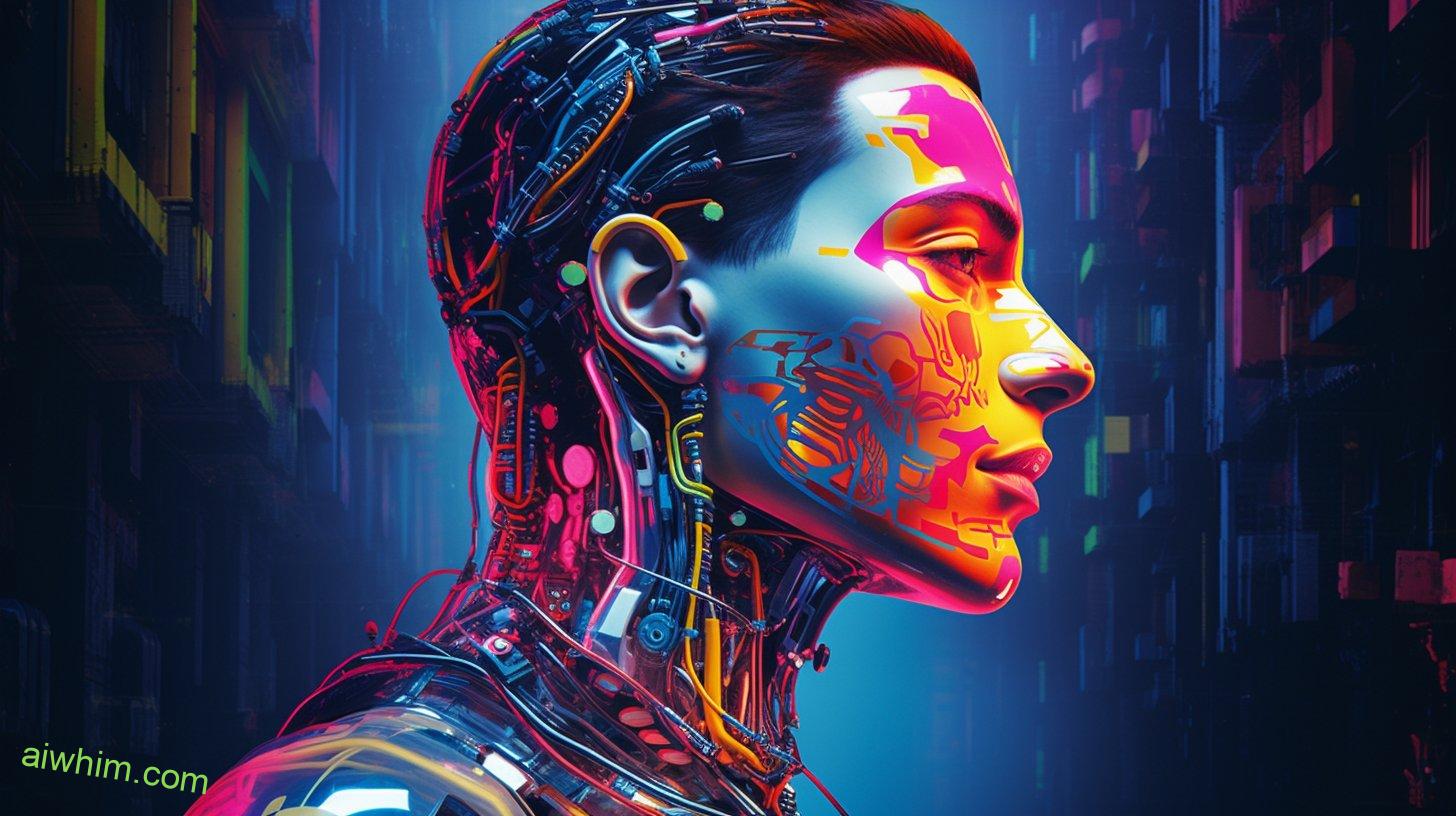
Collaborating With AI Systems
When it comes to collaborating with AI systems in cost estimation, there are a few key points to consider.
Firstly, AI-assisted cost estimation can significantly enhance accuracy by analyzing large amounts of data and identifying patterns that humans may miss.
Secondly, integrating AI into the collaboration process can streamline workflows and improve overall efficiency.
Lastly, it’s important to understand the limitations of AI systems and ensure that human expertise is still utilized to validate and interpret the results provided by the AI.
Ai-Assisted Cost Estimation
You can enhance your cost estimation process by incorporating AI systems into your workflow. AI in project management and cost estimation software can provide valuable assistance and improve the accuracy and efficiency of your cost estimates.
Here are three ways AI can assist in cost estimation:
- Data Analysis: AI systems can analyze large amounts of historical cost data and identify patterns and trends. This analysis can help you make more accurate cost estimates based on past project data.
- Machine Learning: AI systems can learn from your previous cost estimation data and improve over time. By continuously analyzing and adapting to new information, the AI system can provide more accurate cost estimates as it gains more experience.
- Automation: AI can automate repetitive and time-consuming tasks in the cost estimation process, such as data entry and calculations. This saves you time and allows you to focus on more strategic aspects of cost estimation.
Enhancing Accuracy With AI
Can AI systems enhance the accuracy of cost estimation by collaborating with them? Absolutely! By integrating AI technology into cost estimation processes, you can significantly improve efficiency and reduce human error. AI systems have the ability to analyze vast amounts of data quickly and accurately, allowing for more precise cost estimates. Additionally, AI can learn from previous projects and adapt its algorithms to provide more accurate predictions over time. This collaborative approach between humans and AI systems creates a synergy that maximizes accuracy and minimizes the risk of costly mistakes. Take a look at the table below to see the potential benefits of collaborating with AI in cost estimation:
| Benefits of Collaborating with AI in Cost Estimation | Emotional Response |
|---|---|
| Improved accuracy and precision | Increased confidence and trust |
| Faster analysis and decision-making | Reduced stress and workload |
| Enhanced cost control and optimization | Greater financial freedom |
Embrace the power of AI to enhance accuracy and transform your cost estimation process.

Emphasizing Soft Skills in Estimation
Developing strong soft skills is essential for cost estimators to excel in their field. While technical expertise is crucial, the ability to effectively communicate and collaborate with others is equally important. Here are three reasons why soft skills, particularly communication skills, are of great importance in estimation:
- Building relationships: As a cost estimator, you’ll often need to work closely with clients, project managers, and other stakeholders. Effective communication skills enable you to establish strong relationships, understand their needs, and ensure that project estimates align with their expectations. By fostering positive relationships, you can enhance collaboration and ultimately deliver more accurate cost estimates.
- Clear and concise explanations: Estimating costs involves complex calculations and technical details. However, not everyone you interact with will have the same level of expertise. Strong communication skills allow you to explain these concepts in a clear and concise manner, ensuring that all parties involved have a thorough understanding of the estimate. This promotes transparency, reduces misunderstandings, and helps build trust among team members.
- Negotiation and persuasion: Cost estimators often find themselves in situations where they need to defend their estimates or negotiate changes. Effective communication skills enable you to present your arguments persuasively, using data and rationale to support your position. By articulating your points clearly and confidently, you can increase the likelihood of reaching mutually beneficial agreements and ensuring that cost estimates are realistic and achievable.

AI as a Supportive Tool for Cost Estimators
AI technology is revolutionizing the field of cost estimation by providing valuable support to cost estimators. With automation benefits, AI tools and algorithms can significantly enhance the accuracy and efficiency of cost estimation processes, helping estimators overcome various cost estimation challenges.
One of the key benefits of AI as a supportive tool for cost estimators is the ability to automate repetitive and time-consuming tasks. AI algorithms can analyze vast amounts of historical cost data, identify patterns, and generate accurate cost estimates in a fraction of the time it would take a human estimator. This automation allows estimators to focus on more complex and value-added activities, such as analyzing project requirements and identifying cost-saving opportunities.
Additionally, AI tools can help address the challenge of data quality and availability in cost estimation. Estimators often face the difficulty of obtaining reliable and up-to-date data for accurate cost estimation. AI-powered systems can access and analyze a wide range of data sources, including industry databases, market trends, and historical project data, to provide estimators with comprehensive and reliable cost information.
Moreover, AI can augment the expertise of cost estimators by providing real-time recommendations and suggestions. AI algorithms can learn from past estimations and project outcomes, enabling estimators to make informed decisions and improve the accuracy of their estimates. This collaborative approach between AI and human estimators can lead to more reliable and precise cost estimations.
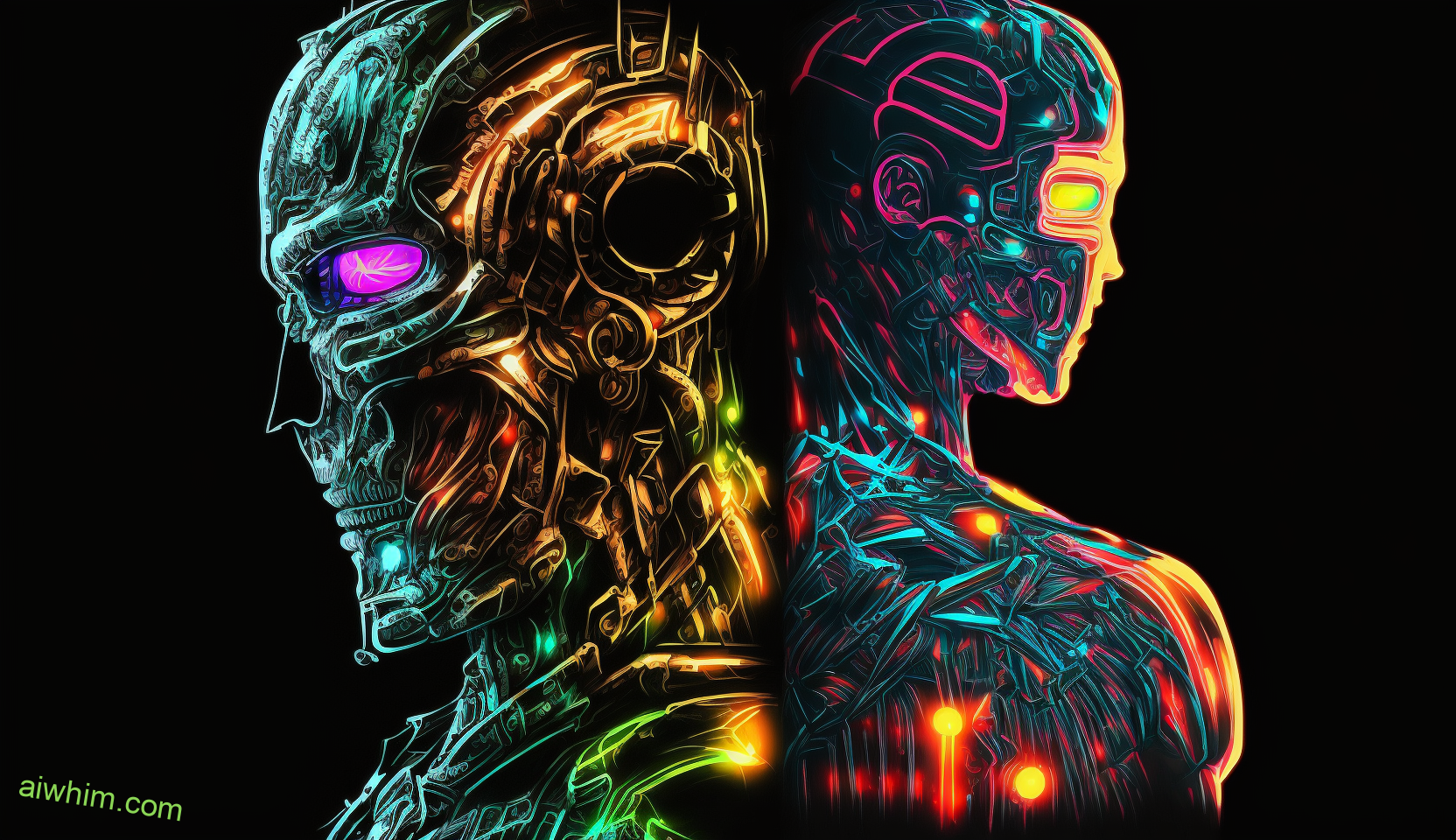
The Future of Cost Estimation in an AI-Driven World
As the future of cost estimation unfolds in an AI-driven world, you can expect to see changing job requirements for cost estimators.
With AI-driven accuracy continuously improving, cost estimators will need to adapt and acquire new skills to effectively collaborate with AI systems.
The key to success lies in finding the right balance between human expertise and AI capabilities, fostering a collaborative environment that maximizes the benefits of both.
Changing Job Requirements
The evolving landscape of cost estimation in an AI-driven world necessitates a shift in job requirements to accommodate the changing demands of the industry. As the role of AI in cost estimation continues to grow, it’s important for cost estimators to adapt and acquire new skills to stay relevant in the job market.
Here are three ways in which changing skill requirements are impacting the job market:
- Emphasis on data analysis: Cost estimators need to possess strong analytical skills to effectively analyze large datasets and derive meaningful insights from them.
- Proficiency in AI tools: Familiarity with AI tools and software is becoming increasingly important. Cost estimators should be able to leverage these tools to enhance their accuracy and efficiency in estimating costs.
- Adaptability and continuous learning: With AI technology constantly evolving, cost estimators must be open to learning new techniques and staying updated with the latest trends in the industry.
Ai-Driven Accuracy
To ensure accurate cost estimation in an AI-driven world, you must embrace the advancements in technology and continuously upgrade your skills. Artificial intelligence is revolutionizing decision making by providing more accurate and data-driven insights. As a cost estimator, you need to adapt to this new era and leverage AI to improve your accuracy and efficiency. AI-driven decision making enables you to analyze large volumes of data, identify patterns, and make predictions with higher precision. This has a significant impact on industry standards, as AI can provide more reliable cost estimates based on historical data and real-time market trends. By embracing AI technology, you can enhance your skills and deliver more accurate cost estimates, leading to better decision making and improved project outcomes.
| Pros | Cons |
|---|---|
| Improved accuracy and precision | Fear of job displacement |
| Increased efficiency and productivity | Learning curve and skill acquisition |
| Enhanced decision-making capabilities | Potential bias in AI algorithms |
| Access to vast amounts of data | Privacy and security concerns |
| Ability to adapt to industry changes | Ethical considerations of AI-driven decisions |
Human-Ai Collaboration
Collaborating with AI is the key to unlocking the full potential of cost estimation in an AI-driven world. Human-AI collaboration is revolutionizing the way cost estimators work, and it’s changing job requirements in the process.
Here are three ways that human-AI collaboration is transforming the field of cost estimation:
- Enhanced Accuracy: By combining the analytical power of AI with the expertise of cost estimators, the accuracy of cost estimates has significantly improved. AI algorithms can analyze vast amounts of data and identify patterns that humans might miss, while human cost estimators can provide context, critical thinking, and decision-making skills.
- Streamlined Efficiency: AI can automate repetitive and time-consuming tasks, allowing cost estimators to focus on more complex and strategic aspects of their work. This collaboration enables cost estimators to complete projects more efficiently, saving time and resources.
- Continuous Learning: AI algorithms can continuously learn from the data they analyze, improving their performance over time. By working alongside AI, cost estimators have the opportunity to learn from these algorithms, enhancing their own skills and staying updated with the latest industry trends.

Frequently Asked Questions
How Does AI Transform the Skill Requirements of Cost Estimators?
AI transforms the skill requirements of cost estimators by automating repetitive tasks and providing more accurate predictions. However, it also raises ethical considerations regarding job displacement and the need for human oversight in decision-making processes.
What Are the Benefits of Automating Manual Estimation Tasks Using Ai?
Automating manual estimation tasks using AI offers numerous benefits. It enhances accuracy, saves time, and increases productivity. You’ll experience improved efficiency, reduced errors, and the ability to focus on more complex and strategic aspects of cost estimation.
How Does AI Improve Accuracy and Consistency in Cost Estimation?
AI improves accuracy and consistency in cost estimation by leveraging advanced algorithms and data analysis. It allows for improved decision making and increased productivity, freeing you from repetitive tasks and enabling a more efficient use of your skills.
How Does Real-Time Data Analysis Contribute to Cost Estimation?
Real-time data analysis is a game-changer in cost estimation. AI revolutionizes the way we estimate costs, empowering you to leverage its power for manual tasks. Enhance accuracy and consistency with machine learning algorithms. Embrace freedom with AI!
What Is the Role of Machine Learning Algorithms in Cost Estimation?
Machine learning algorithms play a crucial role in cost estimation, offering advancements and challenges. Integrating AI with human expertise is the future of cost estimation, empowering you with freedom to make informed decisions.
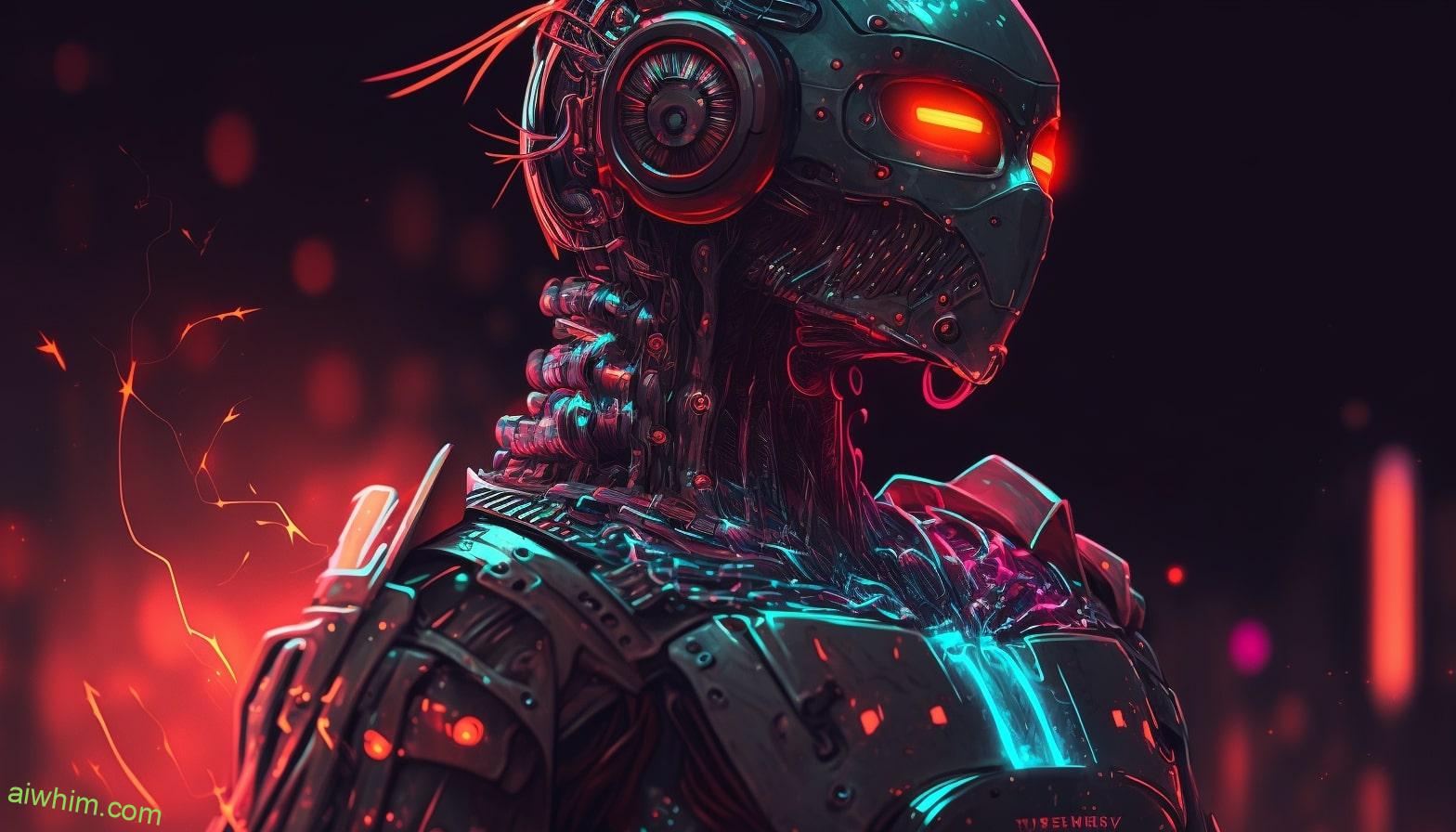
Conclusion
You, as a cost estimator, must embrace the transformative power of AI. Like a skilled conductor leading an orchestra, AI will enhance your abilities, bringing accuracy and consistency to your estimations.
With its real-time data analysis and decision-making support, AI will be your trusted partner. But remember, while AI may handle the technical aspects, your soft skills will shine, guiding AI’s insights and ensuring a harmonious symphony of human expertise and artificial intelligence.
Together, you’ll navigate the AI-driven future of cost estimation.







